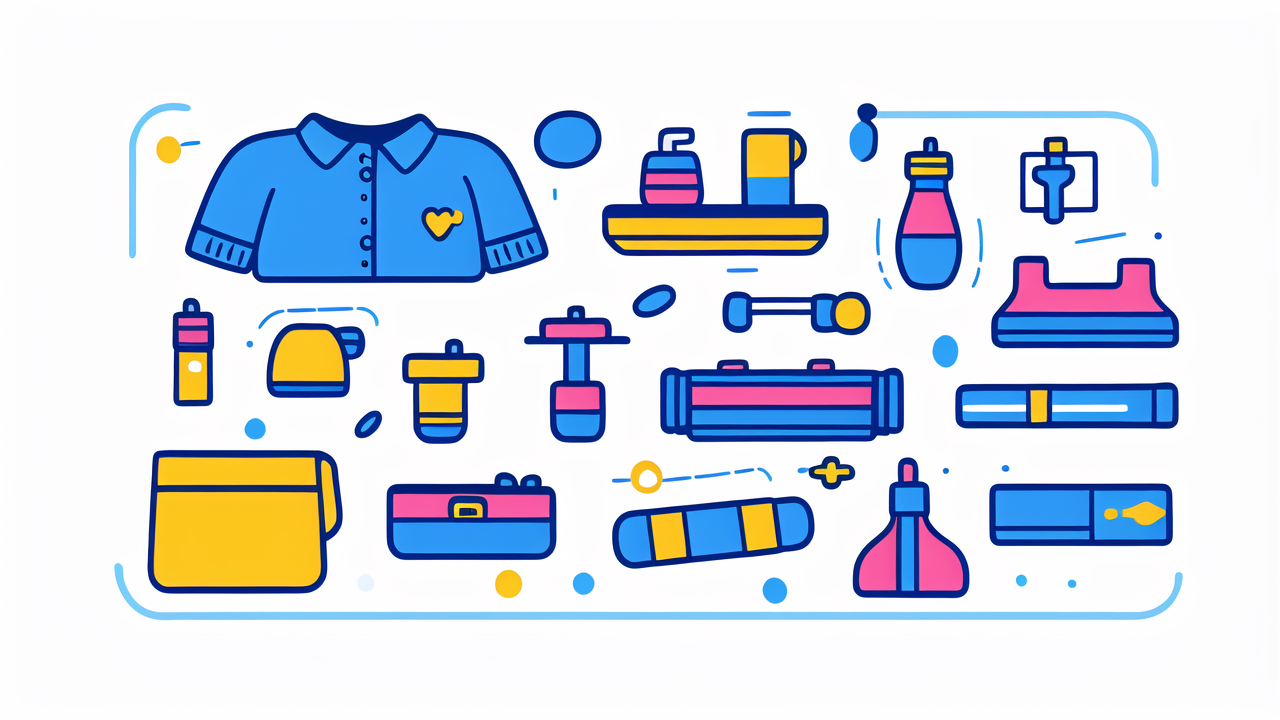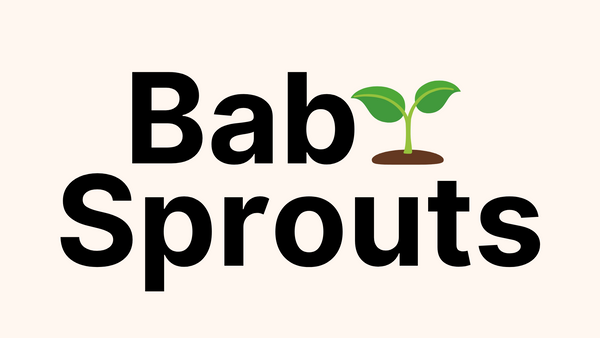
From Teething Rings to Baby Tees: Must-Have Items for Teething Infants
Understanding Baby Teething: When Does It Start?
The Signs of Teething in Babies
Teething is an important milestone in a baby's life. It usually starts around 6 months of age. However, some babies may start earlier or later. Common signs of teething include:

- Increased drooling
- Swollen, tender gums
- Fussiness and irritability
- Biting or chewing on objects
- Refusing food
- Trouble sleeping
Parents should watch for these signs. They indicate that their baby is ready for teething relief products.
Common Teething Milestones
Teething follows a general timeline. However, every baby is different. Here's a typical teething schedule:
- Bottom front teeth: 6-10 months
- Top front teeth: 8-12 months
- Side front teeth: 9-13 months
- First molars: 13-19 months
- Canine teeth: 16-22 months
- Second molars: 25-33 months
Remember, these are just averages. Some babies may get teeth earlier or later. It's normal for teething to continue until age 3.
The Role of Teething Rings in Infant Care
How Teething Rings Can Help with Teething Pain
Teething rings are essential tools for soothing teething babies. They work in several ways:

- Pressure relief: Chewing on a teething ring applies pressure to sore gums. This can help ease pain.
- Cold therapy: Many teething rings can be chilled. The cold helps numb sore gums and reduce swelling.
- Distraction: Teething rings give babies something to focus on. This can take their mind off the discomfort.
- Gum massage: The texture of teething rings can massage baby's gums. This stimulates blood flow and promotes healing.
- Motor skills: Using teething rings helps babies develop hand-eye coordination and grip strength.
Selecting the Right Teething Ring for Your Baby
Choosing the right teething ring is important. Here are some factors to consider:
- Material: Look for safe, non-toxic materials like silicone or natural rubber.
- Size: The ring should be big enough to prevent choking but small enough for baby to handle.
- Texture: Various textures can provide different types of relief. Some babies prefer smooth rings, others like bumpy ones.
- Temperature: Some rings can be chilled. This feature can provide extra soothing power.
- Shape: Different shapes can reach different parts of the mouth. Some babies prefer traditional ring shapes, others like unique designs.
- Ease of cleaning: Choose rings that are easy to clean and sterilize.
Always check for product recalls before buying. And supervise your baby when using any teething product.
Essential Teething Products for Babies
Best Teaching Rings and Where to Buy
There are many great teething rings on the market. Here are some top picks:

- Sophie la Girafe Teething Ring: This classic toy is made of natural rubber. It's easy for babies to grip and chew.
- Nuby Ice Gel Teether Keys: These can be chilled for extra soothing power. The different shapes reach various parts of the mouth.
- Comotomo Silicone Baby Teether: This simple, flexible ring is easy for small hands to hold. It's made of safe silicone.
- Mam Bite & Brush Teether: This teether has different textures to massage gums. It also helps clean emerging teeth.
- Bright Starts Chill & Teethe Teething Ring: This water-filled ring can be chilled. It has fun textures and colors.
These products are available at major retailers. You can find them at stores like Target, Walmart, or Amazon.
Other Must-Have Teething Products
While teething rings are essential, there are other helpful products for teething babies:
- Teething necklaces: These are worn by parents, not babies. They give babies something safe to chew on while being held.
- Teething mittens: These fit over baby's hands. They prevent babies from scratching themselves while providing a chewing surface.
- Teething biscuits: These dissolve easily and provide a tasty distraction. Always supervise babies with these to prevent choking.
- Cold washcloths: A simple, cost-effective option. Wet a clean washcloth and chill it for a soothing chew toy.
- Teething gels: These provide temporary numbing relief. Always check with your pediatrician before using these products.
Tips on Choosing Teaching Products for Your Baby
When selecting teething products, keep these tips in mind:
- Safety first: Always choose products designed specifically for teething. Avoid small parts that could be choking hazards.
- Check materials: Look for non-toxic, BPA-free materials. Natural rubber and food-grade silicone are good choices.
- Consider your baby's preferences: Some babies prefer certain textures or shapes. You may need to try a few options.
- Easy to clean: Opt for products that are easy to wash and sterilize. Teething items get a lot of use and need frequent cleaning.
- Durability: Choose products that can withstand lots of chewing and drooling.
- Versatility: Some products serve multiple purposes, like teething rings that also work as rattles.
- Age-appropriate: Make sure the product is suitable for your baby's age and stage of teething.
Remember, every baby is different. What works for one may not work for another. Be patient and try different options to find what works best for your little one.
